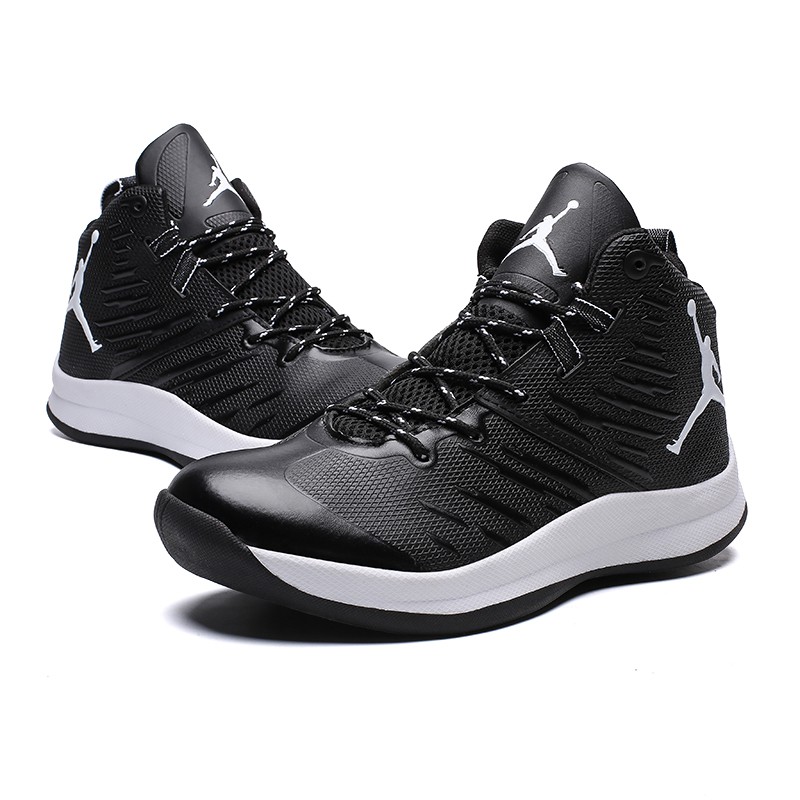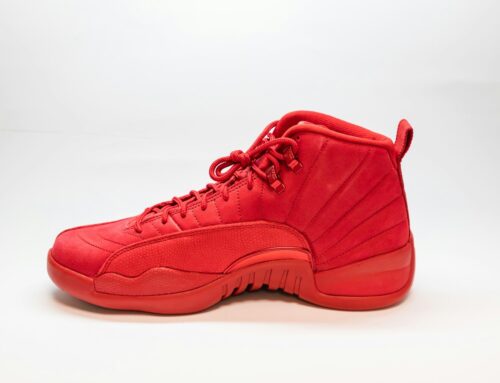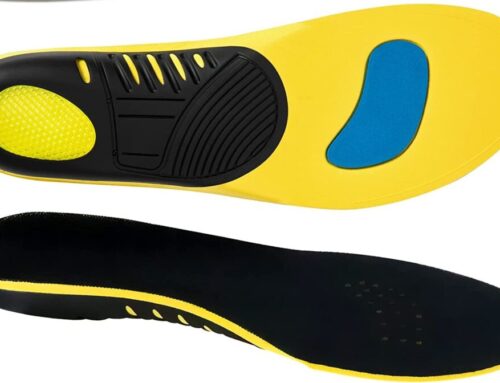Last Updated on December 14, 2023 by

Cushioning is the most important technical configuration of basketball shoes. Running shoes must also study athletes’ support at the starting and sprinting stages in addition to cushioning technology. They both belong to the sports shoe category, but they are very different.
In terms of price, basketball shoes are much more expensive than running shoes. This is because the material of basketball shoes is much better. In addition, the stability and cushioning are better, since you will be jumping around a lot while wearing a basketball shoe.
Let’s look at basketball shoes in more detail.
The difference between basketball shoes and running shoes
Running shoes and basketball shoes are very different in terms of their technical configuration.
Basketball shoes are designed to prevent sports injuries and increase the flexibility of athletes when running, turning, jumping, and laying down.
Therefore, cushioning technology is an important component of basketball shoes’ technical configuration. The world-renowned sports brand Nike, for instance, offers a variety of cushioning technologies in its basketball shoes, such as air max and Shox.
Besides cushioning technology, one of the most important technical configurations within running shoes is the technology used to assist athletes during the starting and sprinting phases.
There is a big difference between basketball shoes and running shoes. Basketball shoes come in low-top, medium-top, and high-top styles according to their styles; running shoes come in a sprint, medium, and marathon styles according to their distances.
The 4 most important features of basketball shoes
Modern basketball shoes are specifically designed concerning different offensive and defensive positions. The main focus is on lightweight, good grip, maneuverability, shock absorption, and protection. Combining the above functions, the following four characteristics can be obtained from the perspective of sports biomechanics:
Cushioning
The two main types of cushioning are structural and material.
Structural features such as honeycomb structure (Honeycomb), and arch structure (Arch). Materials such as air cushions (Air), and shock-absorbing gel (Gel).
As defined by ASTM, the shock absorption capacity of sports shoes is “the capability of reducing the peak impact force by increasing the time of external force. Whether it is material testing or subject testing, it is the impact force of the ground reaction force in the vertical direction. If the impact force peak or negative acceleration peak is small, the sports shoes have better shock absorption function, which reduces lower limb injuries.
Stability
As a basketball shoe upper, its main functions are to stabilize your foot, protect your ankle joint, prevent your foot from inverting, protect your dorsum and fix your foot.
A space-style Drop Step shoe, for example, has a comfortable bottom shock-proof design, excellent ankle protection sponge, beautiful and practical ventilation holes at both ends of the shoe wing, and a leather guardrail at the heel, which makes the feet more secure during exercise and won’t leak from the tongue of the shoe.
Anti-Slip
Basketball soles also provide anti-slip properties through friction. Concrete, wood, and polyurethane (PU) are the most common types of domestic basketball courts.
The research shows that wooden board has the highest shock absorption capacity and concrete has the highest rebound capacity.
In terms of friction, the PU material has the greatest front friction force, while concrete has the greatest rear friction force. The front friction is caused by the shoe pulling forward; it is the force applied to the floor during an instant stop. Shading is influenced by its thickness and depth.
By utilizing the deformation of the sole pattern, the friction between the sole and the contact surface can be increased, and the anti-slip effect of the sole is relatively improved. The large-area herringbone pattern is still the symbol of the strongest grip of the sneaker so far.
Elasticity
A sports shoe’s functional test can basically be divided into two types based on its elasticity.
1) Material test: Place the shoes on a force plate or the ground and conduct various tests on them;
2) Human test (subject test): Subjects wear sports shoes and perform various exercise modes (walking, running, vertical jumping).
In the vertical jump test of the human body, there is no difference in the jumping height when wearing sports shoes and bare feet, indicating that the elasticity of sports shoes for jumping is not significantly beneficial.
It may be because the vertical jump of the human body belongs to the active rebound, and if the rebound timing of the sports shoe sole cannot match the kicking movement of the human body when it takes off, it will lose its effectiveness.






Leave A Comment